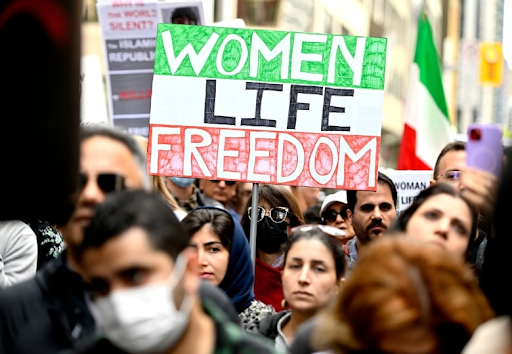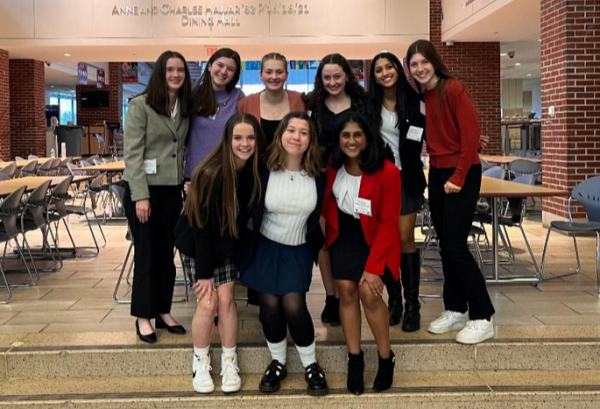Iranian Protests

Iranians of all social classes have united to protest the strict laws regarding women’s clothing in their country.
On September 13th, 22-year-old Mahsa Amini got out of the Tehran subway wearing her hijab. By the Guidance Patrol’s standards, she was wearing her hijab improperly. The authorities then took her into a van and drove her to a detention center to undergo reeducation. Three days later on September 16th, she was dead.
The Iranian authorities claimed she had died from a heart attack, and they denied using violence against her. To many Iranians, a photo circulating of Amini’s bloody face in a hospital bed says otherwise.
This death sparked protests and street battles in dozens of cities across the nation. While the death was what initiated the protests, those cries for justice transformed into cries for women’s rights, most of which were taken away in the 1979 Islamic Revolution. There are videos of Iranian women protesting by ripping off their hijabs and burning them, even in traditionally religious cities like Qum and Mashhad, their actions being arguably bolder than ever before. Amini’s name is everywhere across the country, along with the chants “Women, life, freedom” and “Death to the dictator,” referring to the Supreme Leader Ayatollah Ali Khamenei who symbolizes Iran’s theocratic policies. Dozens of protesters have been killed in clashes with security forces.
Iranians from so many social classes and with different values have all been rallying together, reflecting the breadth of the Iranians’ discontent. Rich Iranians, working-class Iranians, and even ethnic minorities like Turks have all gathered to protest about the injustices. Both religiously conservative and liberal Iranians have spoken out against the wrongs women have had to undergo. Even women who choose to wear hijabs have started campaigns questioning the harsh laws.
There are many signs that a significant crackdown is approaching. Iran’s Minister of Communications Ahmad Vahidi said as the government’s response: “Until the riots end, the internet will have limitations. To prevent riot organization through social media, we are obliged to create internet limitations.”
Internet access in the country has already been restricted, especially on apps used to communicate, like Instagram or WhatsApp, making it hard for Iranians to interact with the rest of the world and share updates on the unrest.
Despite the crackdown, as Iranian-born Boston College sociologist Mohamed Ali Kadivar said: “Maybe they’ll push people off the street, but because people want change, repression is not going to stop this. Even with a crackdown, then they would just go home for a while and come back.”
by Carolina Flores ’26, Contributing Writer
Resources:
Yee, Vivian, and Farnaz Fassihi. “’They Have Nothing to Lose’: Why Young Iranians Are Rising Up Once Again.” The New York Times, The New York Times, 24 Sept. 2022, https://www.nytimes.com/2022/09/24/world/middleeast/iran-protests-raisi-khamenei-hijab.html.
Moshtaghian, Artemis, et al. “Young Iranians Are Rising up against Decades of Repression – Arguably Bolder than Ever.” CNN, Cable News Network, 25 Sept. 2022, https://www.cnn.com/2022/09/24/middleeast/mahsa-amini-death-iran-internet-un-investigation-intl-hnk/index.html.














